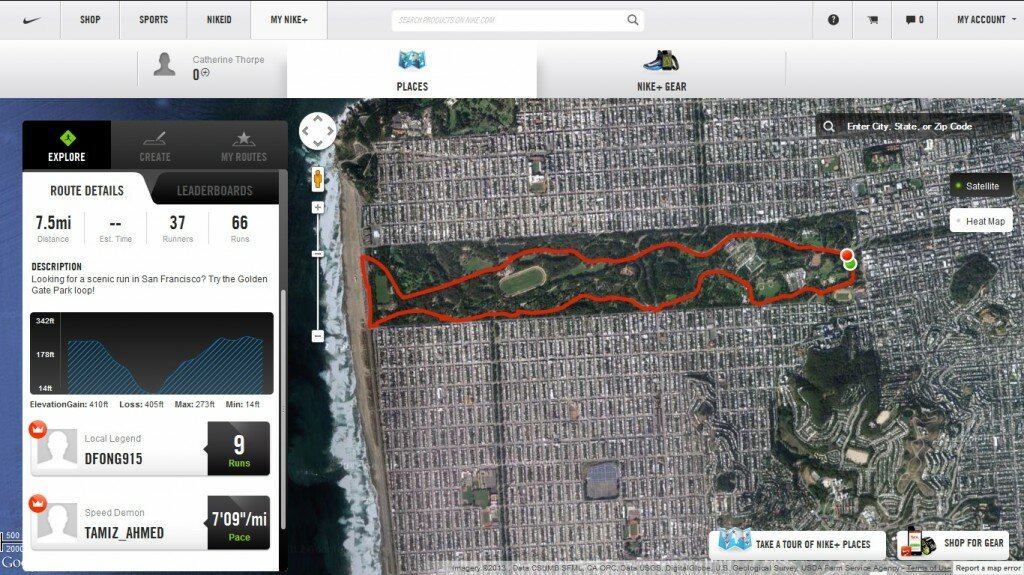Webinar preview: Building community to compete with Amazon
May 21, 2013
If you caught in our , then you know that the online giant dominates U.S. eCommerce like no other brand, with – more than double the rate of U.S. eCommerce sales overall for the same time period. Amazon is the biggest of the mega-brands attracting the lion’s share of online sales revenues, even as the number of small- and mid-sized merchants continues to grow.
But specialty merchants have some distinct advantages when compared with the mega-merchant — and one of them is the capacity to forge strong ties with shoppers through a brand community. Because Amazon warehouses so many disparate product categories, the brand is largely impersonal; there’s little opportunity for its customers to unite around a common lifestyle or passion. Whether via social media or on the Amazon site itself, interactions among shoppers are limited. The only trait many Amazon customers share is the desire to earn free shipping. By contrast, small- to mid-sized merchants who focus on a particular product category or audience have the opportunity to provide their customers a platform for meaningful interaction and a shopping experience that connects them with other like-minded consumers.
In , we’ll examine key strategies for building community — and not just via social networks. While social networking sites provide broad exposure and the opportunity to entice new shoppers to follow brands, brand followers tend to be passive; just they follow, according to marketer ComBlu. By contrast, branded community experiences provide a platform for committed brand advocates to shine, and for customers to contribute meaningful input on products and promotions.
Among the methods for creating on-site community the webinar will address:
-
“Socializing” the path to purchase with integration tools. One increasingly popular way to marry community and commerce is to use tools available from social networking sites to integrate consumers’ social networking data with the shopping experience. Taking advantage of these tools gives merchants a means to create a community hybrid that incorporates the best of both worlds – the critical mass represented on Facebook and other social sites combined with the ownership control of their own eCommerce sites. Shoppers on the Macy’s site can poll their network of Facebook friends about which products to buy — giving the shopper a recommendation from trusted friends as well as introducing the shopper’s friends to products on the Macy’s site.


- Deepening the conversation via branded communities. Merchants should tap their deep knowledge of the customer lifestyle to find unique ways to build community around specific activities and passions. That community can take many forms, from customer reviews that spawn in-depth discussions to mobile apps that encourage members to engage with the brand, as Nike’s Nike Plus running community tools do. Runners download an app that tracks their runs via GPS and enables sharing with the main community site, where the fastest times for popular runs are spotlighted via “leaderboards”.

for more strategies for building one-of-a-kind communities. Meantime, how do you encourage shoppers to engage with the brand and each other?
Connect with us: